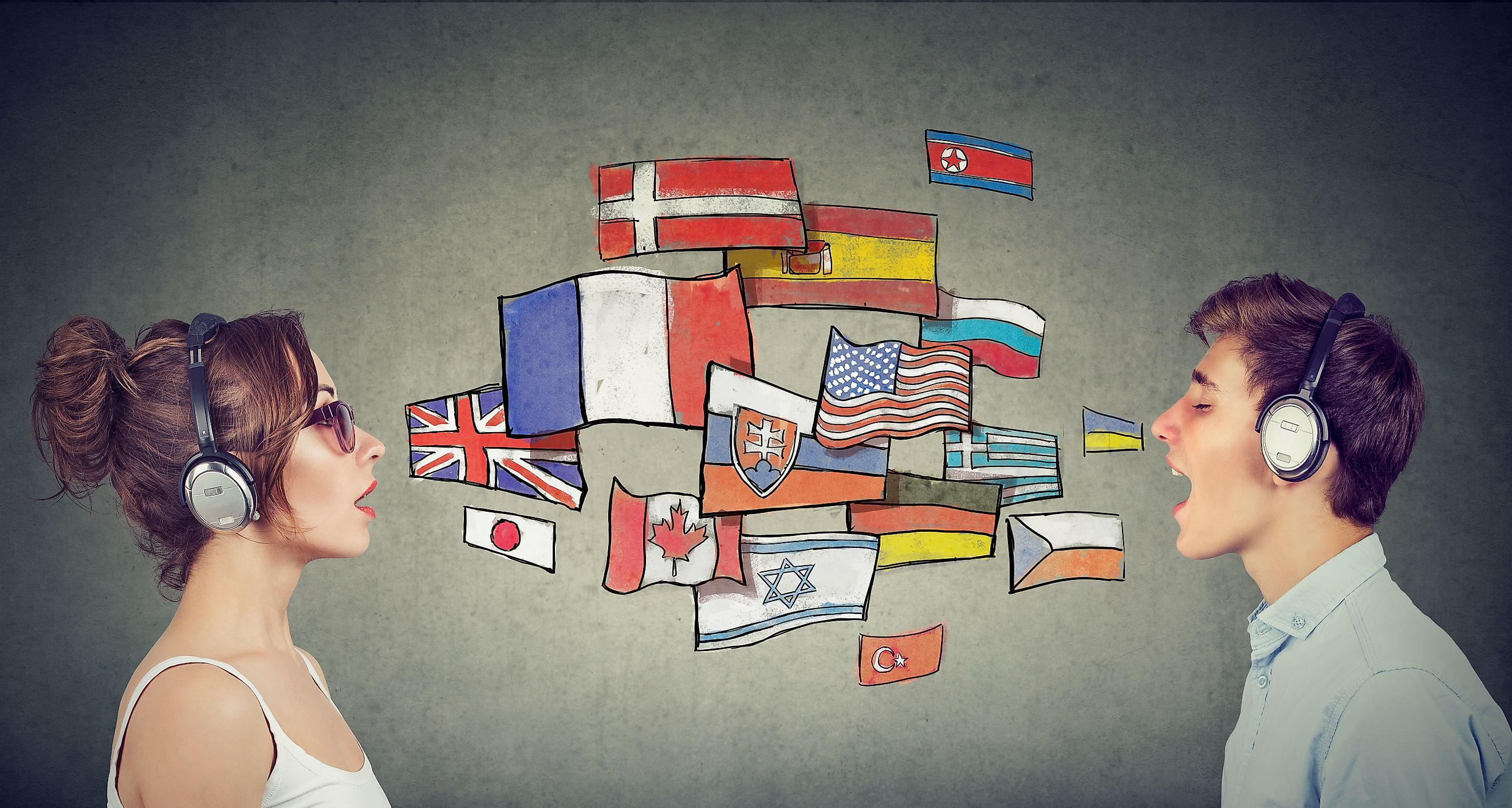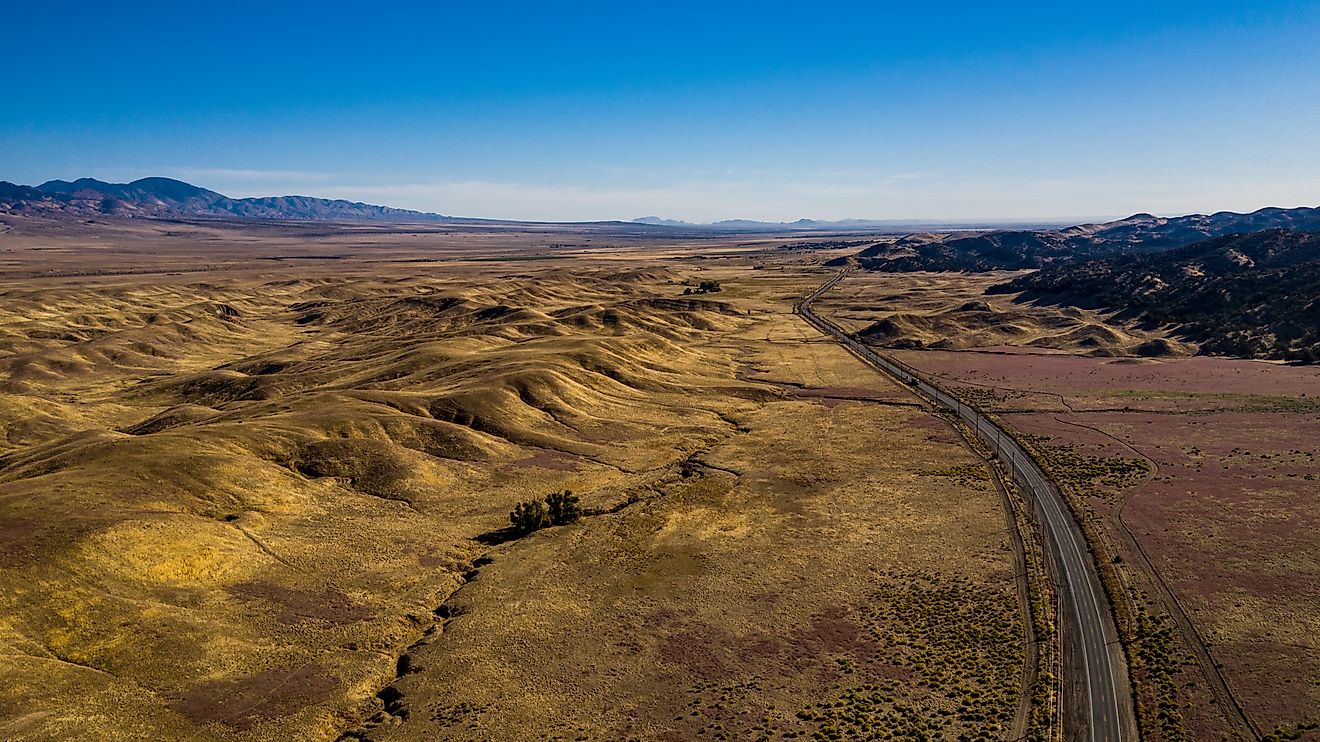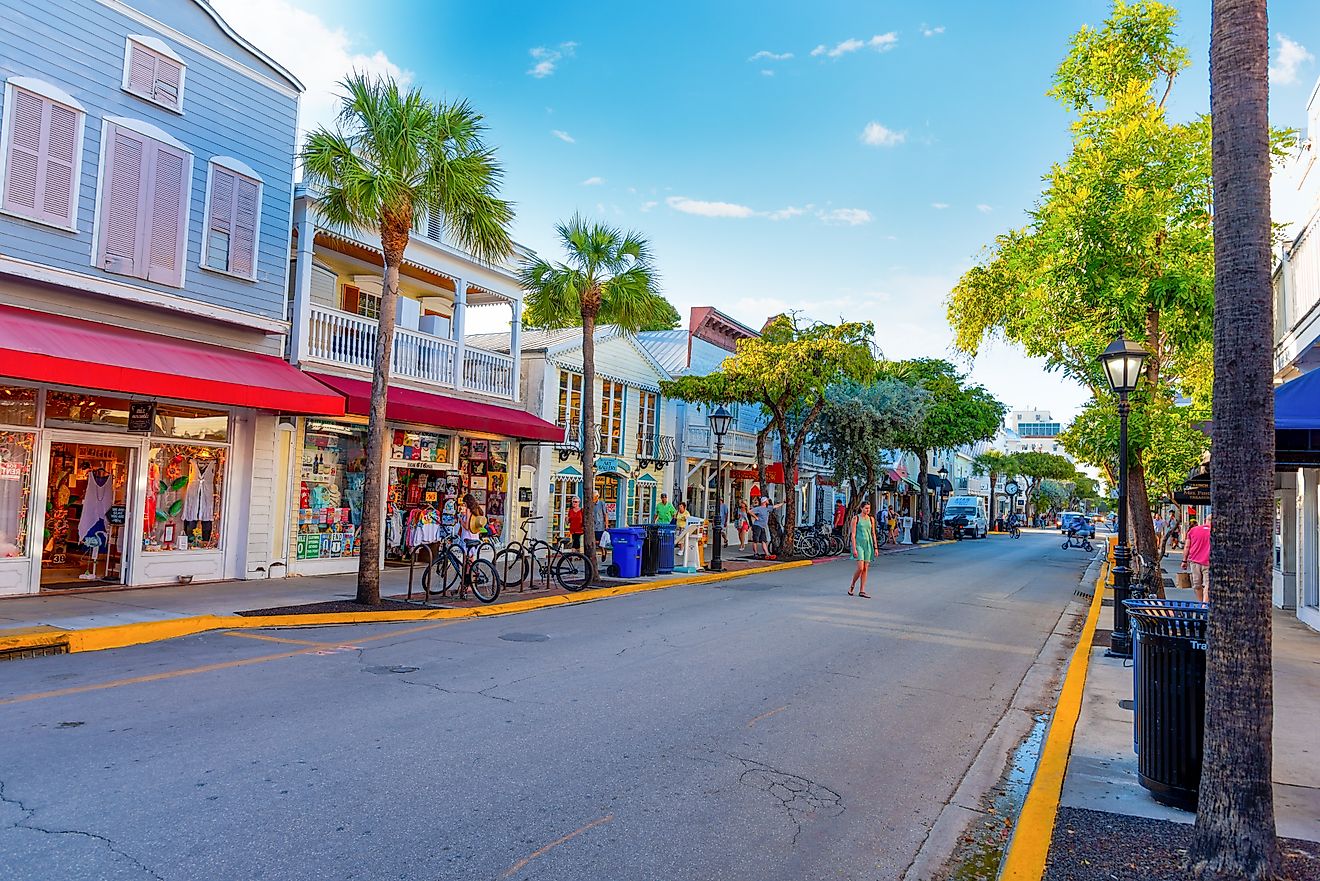
The Most Commonly Spoken Languages in The United States
Language is more than a tool for communication; it’s a window into culture, history, and community identity. In the United States, a country shaped by waves of immigration and cultural exchange, the linguistic landscape is remarkably diverse. While English remains the dominant language, tens of millions of Americans speak something else at home, reflecting centuries of migration, trade, and tradition.
According to the US Census Bureau’s American Community Survey, over 67 million people in the country speak a language other than English at home. That’s nearly 1 in 5 residents. These languages span every continent and represent every major world language family. From Spanish-speaking enclaves in Texas to Vietnamese communities in California, the voices of America are varied and vibrant.
Here’s a look at the most commonly spoken languages in the United States, what they reveal about the nation's changing demographics, and where they’re most prevalent.
English

Speakers: Over 295 million
Percent of US Population: Approximately 88%
Unsurprisingly, English remains the most commonly spoken language in the United States. Though the US has no official language at the federal level, English functions as the country’s primary language in nearly every institutional context. It is the language of legislation, court proceedings, public education, and nearly all national media.
American English evolved from British English during the colonial era, but it quickly developed its own distinctive grammar, slang, and regional dialects. From Boston’s dropped R’s to the Southern drawl and California’s clipped vowels, English in the US is far from monolithic.
While English proficiency is often necessary to access education, healthcare, and employment opportunities, the language coexists with many others. In large cities and rural communities, millions of Americans are bilingual, often using English in public and another language at home. This blending of languages contributes to the dynamic, constantly evolving nature of English in the United States.
Spanish

Speakers: Over 42 million (at home)
Percent of US Population: Around 13.5%
Spanish is by far the most widely spoken language in the United States after English. The US now has the second-largest population of Spanish speakers in the world, surpassed only by Mexico.
Spanish has deep roots in American soil. Long before the United States existed as a country, Spanish was spoken in regions that are now part of Florida, California, Texas, Arizona, New Mexico, and other parts of the Southwest. These areas were colonized by Spain in the 16th and 17th centuries and later became Mexican territories before joining the United States through various treaties and annexations. As a result, Spanish has never been a foreign language in these parts of the country.
Today, Spanish is spoken in homes across all 50 states. Major urban centers with large Spanish-speaking populations include Los Angeles, Miami, New York City, Chicago, San Antonio, Houston, and many more. However, Spanish is not confined to cities. Rural agricultural areas also rely heavily on Spanish-speaking communities, particularly in states like California, North Carolina, and Washington.
The influence of Spanish is visible in American culture, commerce, and media. Spanish-language television networks like Univision and Telemundo have national reach, while Spanish radio stations, newspapers, and digital content serve local communities from coast to coast. Bilingual signage appears in airports, hospitals, schools, and government buildings, reflecting the practical need to serve a multilingual population.
In addition to native speakers, millions of Americans study Spanish in school, and it is by far the most commonly taught foreign language in US. classrooms. Whether through heritage or education, Spanish plays a central role in shaping the nation's linguistic identity.
Chinese (Mandarin, Cantonese, and other dialects)

Speakers: Around 3.5 million
Percent of US Population: About 1.1%
Chinese languages are the third most spoken in the US, including Mandarin, Cantonese, Hokkien, and others. The largest populations are concentrated in urban areas with long-established Chinese communities such as San Francisco, Los Angeles, and New York.
Cantonese was once the dominant Chinese dialect spoken in the United States, thanks to early waves of immigration from southern China, especially from regions like Guangdong and Hong Kong. It shaped the linguistic landscape of Chinatowns in cities such as San Francisco and New York for over a century.
Chinese is not only spoken at home but also taught in American schools and universities. Cultural institutions and language immersion programs continue to support the spread and preservation of Chinese heritage across generations.
Tagalog (including Filipino)

Speakers: Over 1.7 million
Percent of US Population: About 0.5%
Tagalog, a language of the Philippines, ranks fourth on the list. It is the most widely spoken language among Filipino Americans, many of whom also speak English fluently.
Large Filipino communities thrive in California, Hawaii, Nevada, and parts of Texas, where Tagalog is commonly spoken at home and in community gatherings. Besides Tagalog, some immigrants also speak Cebuano, Ilocano, and other regional Philippine languages, reflecting the country’s linguistic diversity.
Tagalog holds a unique place in the US because of the deep historical ties between the Philippines and the United States. The Philippines was an American territory for nearly 50 years, and this connection led to significant migration. Many Filipinos have served in the US military or worked in healthcare and service industries, helping to spread their language and culture widely across the country. Today, Tagalog-language media, community organizations, and cultural events further strengthen its presence in American life.
Vietnamese

Speakers: Over 1.5 million
Percent of US Population: About 0.45%
Vietnamese is widely spoken in communities established after the Vietnam War, especially among refugees who resettled in the 1970s and 1980s. Today, Vietnamese remains a vibrant language, particularly in California and Texas.
Cities like San Jose, Houston, and Westminster (known as Little Saigon) are home to large, active Vietnamese populations. These communities support the language through Vietnamese-language newspapers, radio stations, and cultural organizations. Multi-generational households are common, where younger generations often grow up bilingual, maintaining strong ties to their heritage while integrating into American society. Vietnamese cuisine, festivals, and religious events also play a key role in preserving language and culture.
Language and Identity in a Multilingual Nation

The variety of languages spoken in the United States is a direct reflection of the country’s complex immigration history and multicultural character. Many of these languages are passed down through generations, forming a key part of identity and belonging.
While English remains dominant, efforts to preserve and promote linguistic diversity are growing. Schools offer dual-language immersion programs, and many cities provide multilingual public services. In courts, hospitals, and schools, interpreters play a vital role in serving the needs of multilingual populations.
Language is also a form of resilience. For many immigrant families, maintaining their heritage language is a way to keep cultural traditions alive, even as they adapt to life in a new country.
Conclusion: The Future of Language in America
As immigration patterns shift and bilingual households grow, the linguistic map of the United States continues to evolve. Spanish will likely remain the most prominent non-English language for decades to come, but others are rising. Arabic, Tagalog, Vietnamese, and Chinese all reflect global connections that are deepening.
In this multilingual nation, every language spoken is a reminder of the journeys, struggles, and stories that have shaped the American experience. The voices may differ, but together they form the chorus of a country defined by its diversity.







